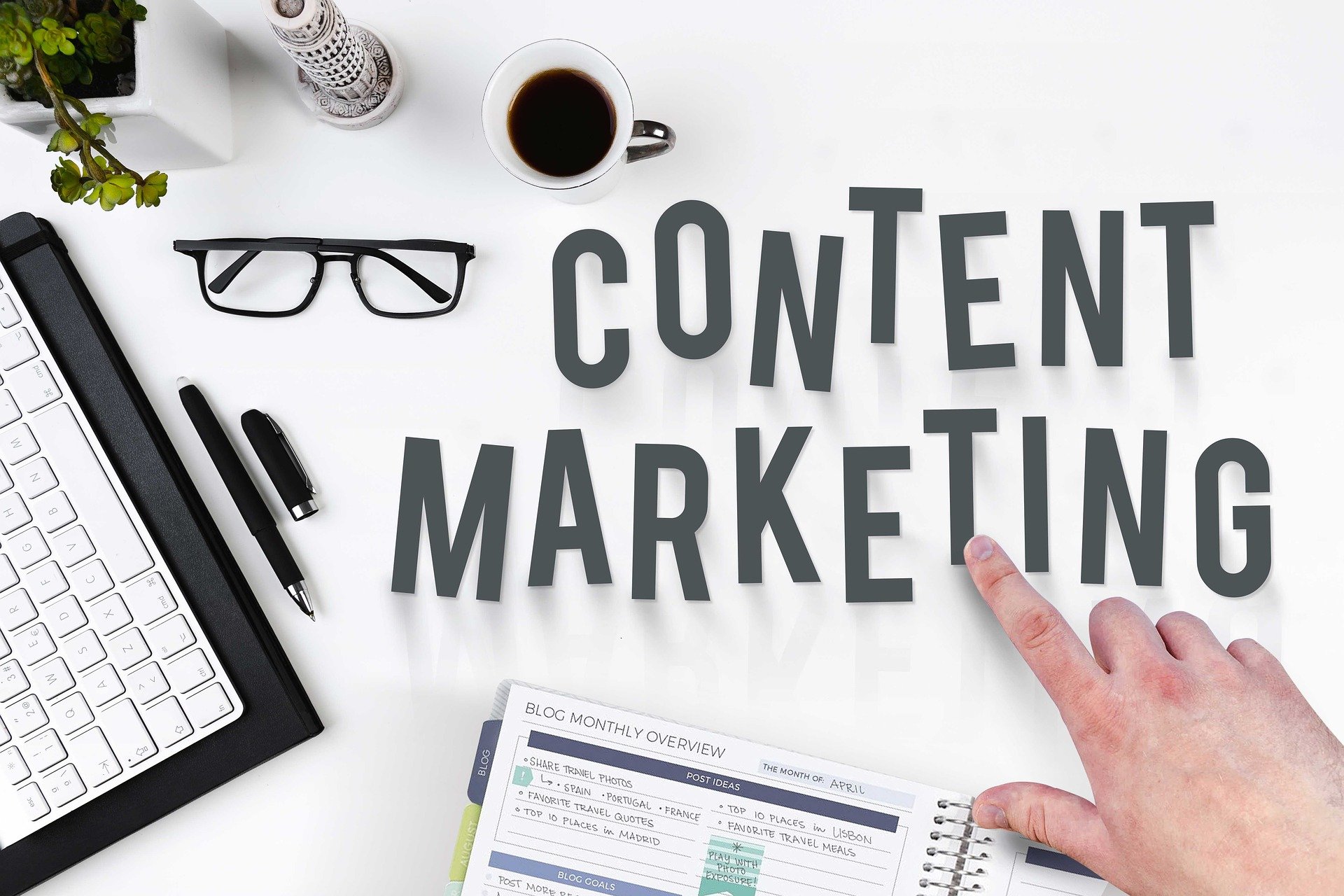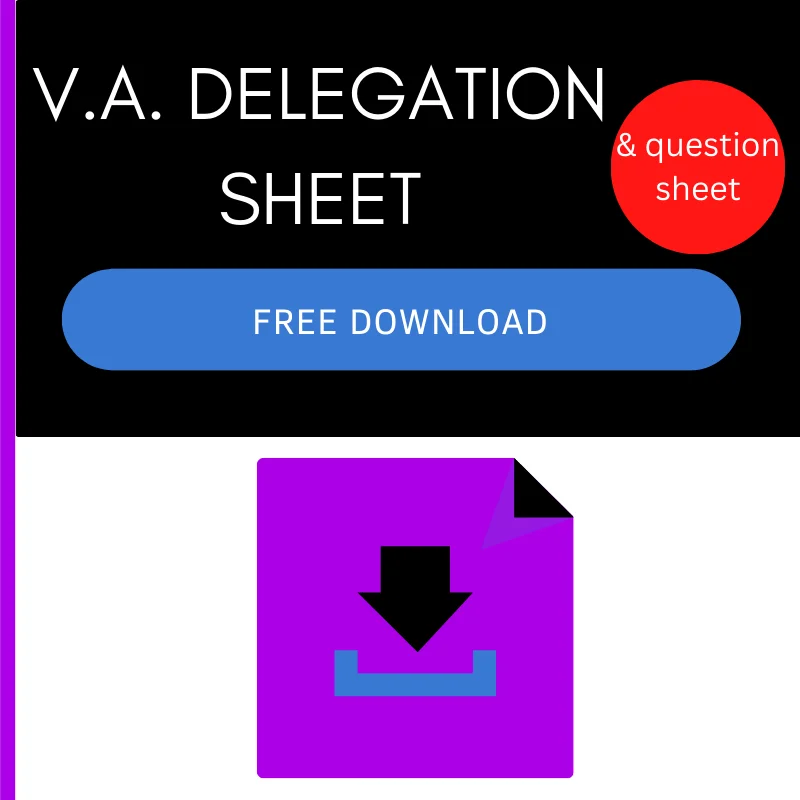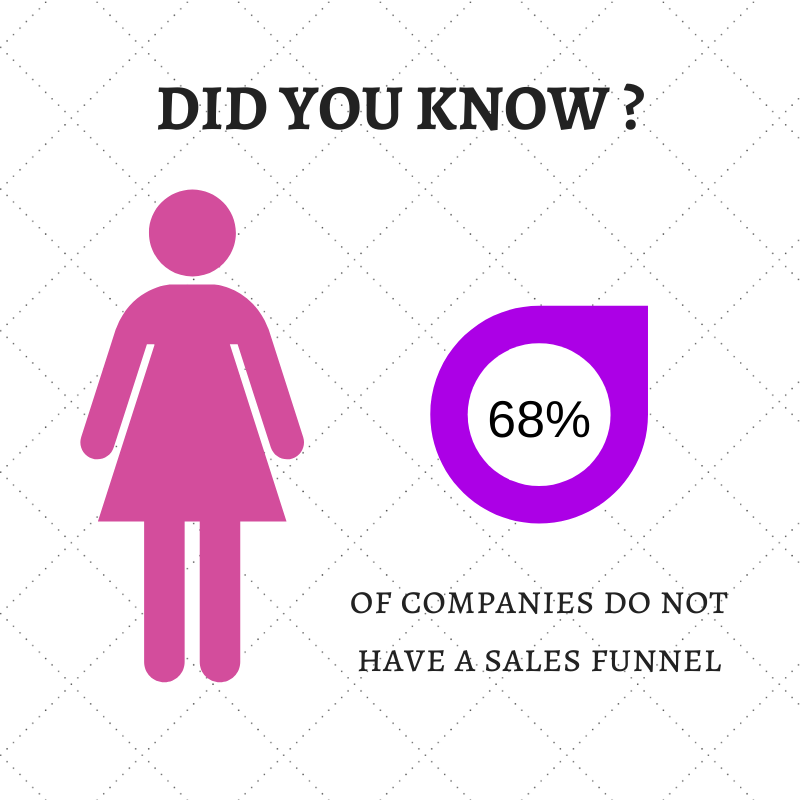A sales funnel is a process to bring interested clients to a specific call to action or page of your website.

A sales funnel is a system where you get your prospects attention, capture their information, then build a relationship with possibilities of up-selling at a later stage.
Capturing a prospect’s attention when using a sales funnel is usually done by luring them into your funnel with a free irresistible offer. The more compelling and targeted you make your offer, the more likely they are to sign-up. Most sales funnels attract sign-ups by offering something of value for free. This should be something that you know your target market would need, like an e-book that features valuable content relating to a problem they have that you can solve.
If you incorporate a sales funnel with content marketing and S.E.O., you will be able to generate even more visitors into your content marketing funnel.
This is done by creating search engine optimised content, which leads more visitors to your offer. This is the very first stage of the funnel.
This guide helps to set up a sales funnel for any business. You can use it to set up a sales funnel for your own business or set up a sales funnel for clients. The process is the same. Follow the step by step instructions.
Step 1 – Create awesome content.
Do you have some information that you want to get out to your target audience?
As mentioned before, the give-away content needs to be something of high value. This can be something that includes key information that is relevant to the audience.
Types of content
- E-Book
- Guide
- Case Study
- Cheat Sheet
- Infographic guide
- Digital Product
Once the content has been decided, it then needs to be created.
Step 2 – Design and create a landing page
A landing page is the web page you will send people in the first stage of your funnel. The landing page usually features a clear message with a call to action.
Add an opt-in subscriber box to capture lead information and subscribe prospects to your future emails.
You can set up email subscription software to generate an automatic download of your content on sign up. This will be embedded as a subscription box on your landing page, with an optimised site title and headlines. This is where lead information will be captured and consent given to ensure your marketing complies with G.D.P.R (privacy regulations) rules. When the prospect signs up to receive the content using software such as
This can be done by either:
- Creating a new landing page specifically for your campaign email capture –
Cheaper long-term – WordPress is recommended
- Or using a hosted platform with up-selling capabilities.
Easier to set up initially. No design skills are needed. Check out leadpages.com or clickfunnels.com.

MARKETING YOUR CONTENT
Now you need to market your content by sending people to your landing page. You can do this either through Facebook ads or content marketing. The main aim is to get visitors to your content marketing funnel.
Option A – Facebook targeted ads
The fastest way to get results –
This will bring you customers who need your service/product.
Set a budget. When a lead clicks on your ad on Facebook, the cost per click is deducted from your budget. If your lead clicks and does not sign up for your offer, you can target them with re-marketing, which means they will still see your ad in future. This will increase brand awareness and encourage them to opt-in at a later date. You can create the ad visuals and define and select your target market that your ad will be shown to.
Option B – Content marketing and SEO
A great long term way to get leads –
This will bring you customers who need your service /product. This type of content marketing funnel is designed to bring more people to your landing page, where you capture the lead’s information in exchange for valuable information. This can be achieved by creating/ editing related content that your target market is searching for. You will need to determine this by performing keyword research to see what search terms they are using.
Next, you will need to carry out certain steps to increase the visibility of your landing page/ website. These actions are known as search engine optimisation (S.E.O.), which includes both on-page and off-page S.E.O. The table below shows what needs to be done for both types of optimisation.
On page optimising
- Headings
- Page titles
- Meta description and tags
- Image and pictures
- URL structure and domain information
- Fresh quality content
- Optimised external and internal links
- User-friendly navigation and quick loading
Off - Page Optimising
- Link building
- Social media marketing
- Social bookmarking

Does content marketing work better than Facebook ads?
Which option is best?
Both facebook ads and content marketing have their pros and cons.
| Facebook pros | Content marketing pros | Facebook cons | Content marketing cons |
|
Micro-targeting – You can get very specific with targeting a specific group by narrowing it down by location, age, income etc. This is a great way to ensure you reach your target audience. |
Allows you to build a relationship – Allows you to connect with people and show your expertise. It enables long-term relationships and brand awareness. | Pay to market – This means if you run out of budget, your ads are no longer visible, and this stops being an avenue to attract new customers. | Time and commitment require consistent effort, research, and commitment to ensure you will get great results. |
| Not as expensive as other paid ads – Facebook is the biggest social platform and also the cheapest to advertise. You have more chances of getting likes, and your content could also go viral being shared on Facebook. | Organic Traffic – You will reach more people as more people select organic results on google. If you have various services and up-sell items, you can attract a lot more sales as the number of visitors is dependent on your SEO practices and niche. | No organic reach – Your ad cannot be seen by anyone on Facebook anymore unless you use paid ads. | |
| Re-Targeting – By placing a code on your site, you can target people on Facebook who have previously visited your site and may have abandoned items in their shopping cart. | Content Lasts – Your content is not subject to a budget, so it can become timeless, and people can still click on your content in years to come, and you can still capture their information and potentially up-sell. | ||
| Sharing Content – The ability to share your content marketing via email and social media is a great pro as you gain more visibility and others share your content. |
P.P.C – Pay per click Is when an advertiser pays a publisher when their ad is clicked. e.g. Google Adwords, Facebook Advertising
Search engine optimisation is a process of improving your online visibility without the use of ads.
You are not restricted to choosing just one option. You can benefit from using both option 1 and Option 2 together. If you have a smaller budget, we recommend beginning with Facebook ads initially to get the ball rolling, as you will get faster results.
S.E.O. results are brilliant as you will appear in organic search results. However, this does take time to achieve maximum results. One option may work better for certain businesses than others. Both options will still get you subscribers on your email marketing list. This means you can then begin to market products that you can charge for, such as:
- Paid e-books
- Services
- Courses
- Consulting
Ongoing content
Why stop there? The more relevant content that you produce, the more chance others will see your brand.
You can continue producing content for your website/ blog to attract more people to your landing page and maximise the number of quality subscribers on your list and increase your income.

Whichever marketing funnel strategy you choose the key to ensuring. a long lasting relationship is by providing value to your customers.
